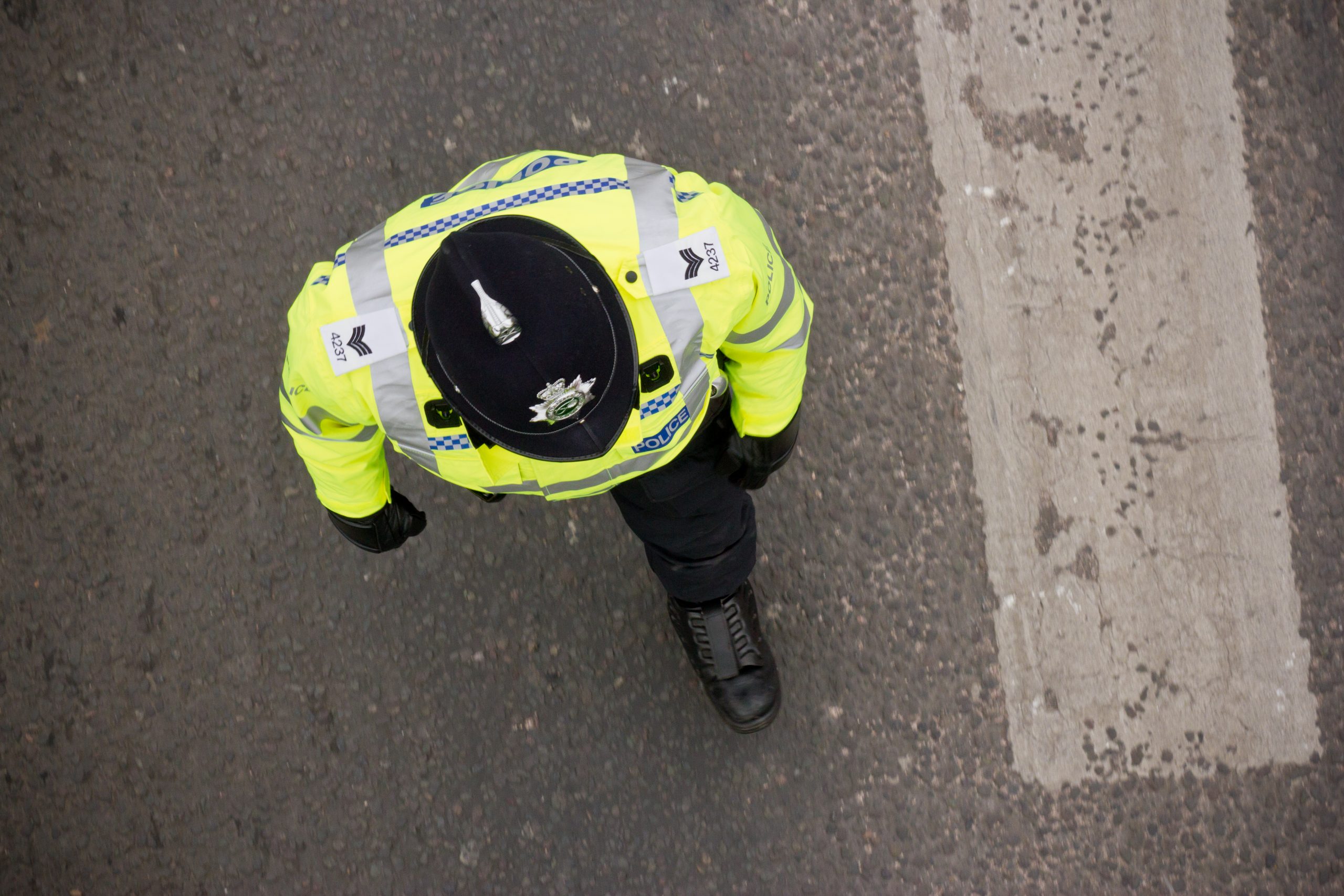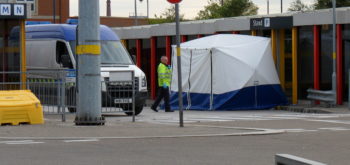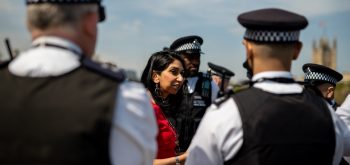Following the tragic death reported yesterday of Pc David Rathband, the officer shot and blinded by Raul Moat in 2011, I began to think how many of, not only my colleagues, but those from the fire and ambulance services are currently suffering from possible PTSD as a result of incidents attended and sights witnessed.
I am fully aware of comments that come from members of the public that it’s ‘our job’ and we know what we’re getting into when we sign up.
Unfortunately no amount of training can prepare a person for events that you have to deal with in your career. I speak from experience. I can recall incidents where I have held the hand of a woman crushed in a car, talking to her as the fire service desperately tried to cut her out, and holding a young woman’s skull in place after a horrific motorcycle accident. Both of these people died in front of me and yet from there I was expected to go and tell members of their family the ‘agony message’ as it is commonly referred to.
Getting on with it
However, the one that will always sit at the front of my mind is being first on scene as a young uniform officer some 16 years’ ago at the tragic murder of a young schoolgirl who had been battered to death. As I took in the scene I looked at the wall beside me and saw the family’s collection of the children’s school photos. The young girl was in the centre. The photo was used in press releases and the matter was reported nationally as the suspect, a very high profile individual, was tried and convicted and then following an appeal, was subject to two more court trials.
The photo of the young girl has been in newspapers every time something new crops up and every time I see it I am instantly back in that room with the girl’s body at my feet. I can see the room now as clearly as if I was looking at a photo. I can hear the music playing from the radio to my right. I worked on that day until sent home and fell apart in front of my wife, doing the obligatory police thing of knocking back a quantity of alcohol and then going to work the following day and ‘getting on with it’. Two days later a couple of officers arrive from HQ for a critical incident debrief. We’d never seen them before so when they asked how we were the general consensus was: ‘Fine, thanks. Can we go now?’ That’s how it used to be and it would be many years later that I would become aware that some of the symptoms I suffered at the time, loss of sleep, appetite, increased alcohol intake and flashbacks were possibly the effects of PTSD.
Without doubt Pc Rathband would have suffered massively as a result of not only the incident but the terrible injuries he endured as a result of the shooting by Moat. His force have commented already on how they were providing welfare and support, especially in light of some the remarks he had put on Twitter shortly before his death. But what about nationally? What are police forces around the country doing to assist officers and identify those suffering from stress and possible PTSD?
Post trauma
Just over nine years ago I was asked to attend a trauma risk management, (TRiM) course that was being implemented. Historically police would hold single session critical incident debriefs. Scientific studies have shown that not only is this type of session not effective it is also potentially harmful. The National Institute for Clinical Excellence (NICE) has issued guidance on the management of post-traumatic illnesses. One of the core principles is to ‘not make a meal’ of normal levels of post incident distress. Most individuals do not need complex interventions. NICE suggests that for the first months after an incident, checks should be put in place to monitor individuals who have been exposed to the event. This does not just mean those who were there but also other such as radio operators who had been coordinating resources or those who had to help with the aftermath.
TRiM was developed by the Royal Marine Commandos and has been used effectively amongst the armed services. The TRiM model is there to help employees function after traumatic event and does this by providing support and education to those who require it. Its aim is to identify those who are not coping after dealing with traumatising events and it is designed to ensure that they are signposted to professional sources of help. TRiM practitioners are non-medical local personnel, an essential fact if you want officers to talk about how they feel, who have training to help them identify psychological risk factors that might otherwise go unnoticed. These practitioners then conduct a structured psychological risk assessment, the results of which are used to identify staff who may require further support. It’s not complex and encourages officers and staff at the very least to be assured that certain symptoms are normal and expected and these should diminish over a fairly short period. It also deals with a follow up assessment to identify those whose symptoms haven’t diminished and can direct them to where support can be gained.
I do not suggest that this type of intervention is the be all and end all but it is a resource that some forces have implemented and has been used effectively in such incidents as the September 11th and London bombings along with those returning from dealing with the Boxing Day tsunami in 2004.
It is important for emergency services, especially the police, to not underestimate the effect trauma have on its staff and the damaging long term effects which can go unnoticed as a result of an instilled canteen humour culture.
Finally, some useful links:
http://ptsdcombat.blogspot.com/2006/07/dsms-definition-for-ptsd.html





